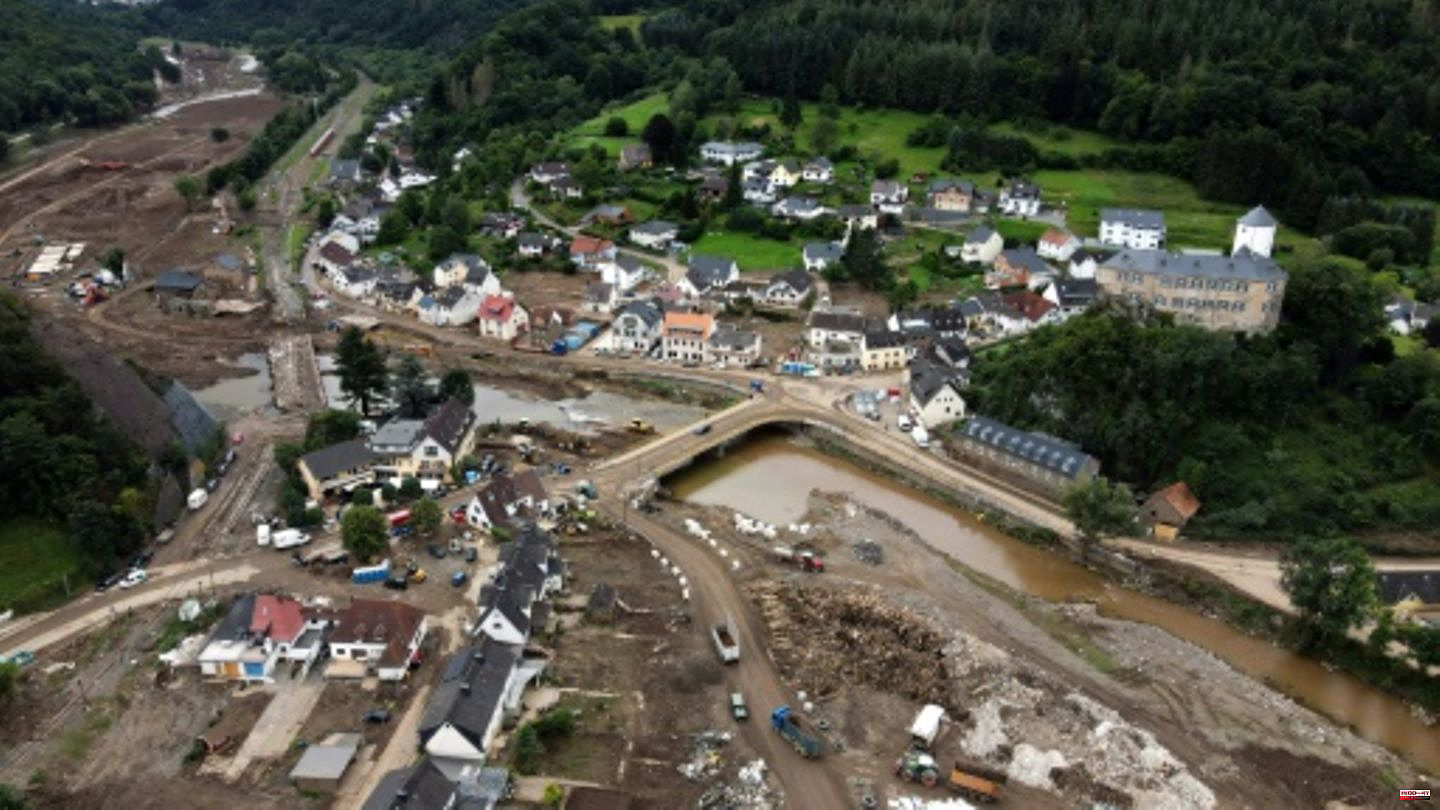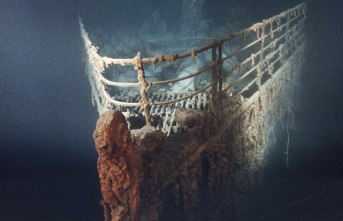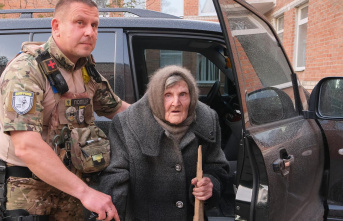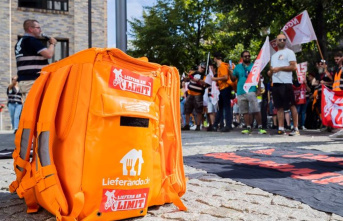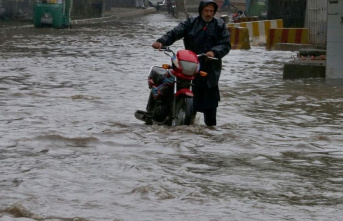The allegations presuppose that a required action was objectively omitted in breach of duty and that the accused could have recognized this. For a particular act to be punishable, it would almost certainly have been necessary to avoid harm to people. In this specific case, the damage would possibly have occurred even if the person had acted dutifully.
“The extreme extent of the flood could not have been foreseen by the accused,” said Mannweiler. According to a report, the specific course of the event could not have been predicted due, among other things, to the different topography in the area. Accordingly, it was a highly complex flash flood.
“There has never been a comparable flood on the Ahr in living memory,” said Mannweiler. The flood was unimaginable for residents, those affected, emergency services and those responsible for the operation.
Although the water level forecast in the afternoon before the flood was worrying, it was still relatively unremarkable. The technical operations management tried to recruit additional emergency services throughout the evening - including from other federal states.
Based on forecasts, she assumed a very strong but manageable flood. However, the water level of ten meters actually reached far exceeded all forecasts. It was only after a delay that the operations management found out that the water level itself had been destroyed by the masses of water.
A warning was issued at 7:35 p.m. asking people to avoid ground floor apartments and basements. The emergency services on site did not provide the operations management with a situation report. This was probably mainly due to the fact that the emergency services were so busy with the rescue that they were no longer able to transmit situation reports.
When the technical operations management became aware of the drama of what was happening later in the evening, they were no longer able to evacuate the area in a planned and organized manner. Because they were no longer able to follow actual developments due to the destroyed water level, they were also unable to determine specific evacuation areas.
It was not possible to determine with certainty whether more extensive and earlier evacuation notices could almost certainly have prevented deaths and injuries. It is unclear whether people would have followed the warnings in individual cases.
According to the reactions analyzed, many often responded to eviction notices with a wait-and-see attitude or even disbelief. Although there was more time for an evacuation in Sinzig, twelve people drowned in a care facility due to a "chain of fateful and tragic circumstances". The tidal wave reached the building during the evacuation.
Disaster protection in the Ahrweiler district was inadequately organized. The disaster control management system had numerous deficiencies. However, these did not constitute criminal liability. Better organization of disaster control would have increased the chances of saving more people, but it is unclear whether this would have certainly happened.
“Even if the district had had evacuation plans, they would certainly not have been designed for such a catastrophe and could hardly have been implemented in such a short time,” said Mannweiler.
In August 2021, the Koblenz public prosecutor's office initiated investigations against Pföhler and the former member of the crisis team. The investigation focused on the question of whether the consequences could have been at least partially avoided by acting differently.
The conclusion of the investigation kept being postponed. The reason for this was an extensive report, which was also examined by an investigative committee of the state parliament in Mainz. Heavy rainfall in mid-July 2021 triggered catastrophic flooding on rivers in Rhineland-Palatinate and North Rhine-Westphalia. Many communities, especially in the Ahr Valley, were devastated. More than 180 people died in total and hundreds were injured.

